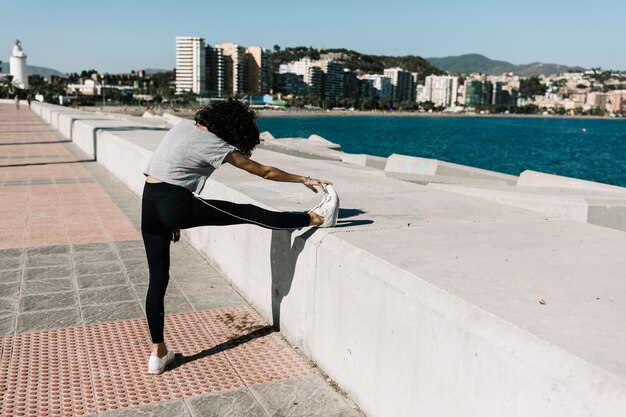
Urban planning plays a crucial role in shaping the way cities accommodate and encourage athletic activities. As urban spaces become more crowded and land more valuable, the challenge of integrating sports facilities, recreational areas, and active living spaces grows. The connection between city planning and sports is not just about building stadiums and sports fields–it’s about creating accessible, inclusive environments that promote a healthy lifestyle for all citizens.
From the placement of parks and playgrounds to the design of public transportation that connects people to sporting venues, cities are increasingly recognizing the importance of sports in urban life. Well-designed spaces can improve the
The Role of Urban Spaces in Promoting Athletic Lifestyles
Urban spaces play a crucial role in shaping the physical activity levels of residents. Well-designed cities encourage a culture of movement by integrating parks, recreational facilities, and pedestrian-friendly pathways into their layout. This not only fosters a sense of community but also provides residents with accessible opportunities to engage in athletic activities.
Moreover, the presence of dedicated sports facilities and public spaces significantly influences residents’ willingness to participate in various physical activities. Cities that prioritize athletic environments create a foundation for healthier lifestyles, ultimately reducing healthcare costs and improving the overall quality of life for their inhabitants.
Key Elements of Urban Design for Athletic Activities
- Accessibility: Ensuring that parks and sports facilities are easily reachable by foot or public transport.
- Safety: Designing well-lit, open
Key Considerations for Integrating Sports Facilities into Urban Areas
Urban planning plays a crucial role in promoting physical activity and community engagement through the development of sports facilities. As cities grow and evolve, it becomes essential to consider how these spaces can be designed and integrated into the urban landscape effectively. Proper planning not only enhances the accessibility of sports facilities but also contributes to the overall quality of life for residents.
Several factors must be taken into account to ensure that sports facilities serve their intended purpose. From environmental considerations to community needs, urban planners must adopt a comprehensive approach to facility design and placement. Here are some key considerations:
Important Factors in Sports Facility Integration
- Accessibility: Facilities should be easily reachable by public transport and within walking distance for most residents.
- Community Needs: Engaging with local communities to understand their sports preferences and needs ensures that facilities serve their intended audience.
- Environmental Impact: Sustainable design practices should be employed to minimize the ecological footprint of sports facilities.
- Multi
Innovative Urban Planning Projects that Encourage Physical Activity
Urban planning plays a critical role in shaping how communities engage in physical activities. By integrating innovative designs and concepts, cities can create environments that promote active lifestyles. These projects not only enhance the aesthetic appeal of urban spaces but also improve public health by encouraging walking, cycling, and recreational activities.
As urban areas continue to evolve, it is essential to highlight successful initiatives that serve as models for future developments. Below, we explore several noteworthy urban planning projects that have effectively encouraged physical activity among residents.
Examples of Innovative Projects
-
The High Line, New York City:
This elevated linear park transformed an old railway line into a vibrant green space, providing walking paths, gardens, and art installations that attract millions of visitors annually.
-
Copenhagen’s Bicycle Infrastructure:
Copenhagen has invested heavily in bike lanes and cycling facilities, making it one of the most bike-friendly cities in the world. This infrastructure promotes cycling as a primary mode of transportation.
-
Melbourne’s Urban Forests:
The City of Melbourne is integrating urban forests into its planning, which not only beautifies the area but also creates spaces for walking, jogging, and outdoor activities.
-